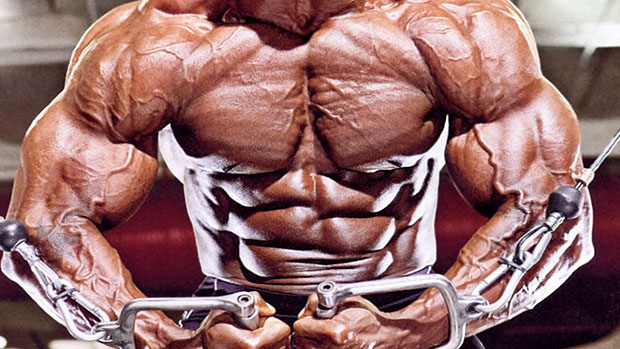When I competed in Olympic lifting, I often used a modified Javorek barbell complex. It was mainly to prepare my body for heavy lifting and acted as a warm-up. But it also had a positive effect on muscle mass and even conditioning.
Traditionally, a complex is when you do a series of barbell exercises with no rest
between them. Each is done with the same bar without changing weights or even dropping the bar between exercises.
You can use a similar concept with a moderate-size dumbbell or kettlebell. It's a great home workout.
I'd do both an upper and a lower body complex. Why two complexes instead of one? Since you'll have to do both sides, a whole-body complex would be too long. It'd be easy to lose motivation and focus midway through. Some might gas out.
Don't go to failure on any of these exercises. It should be tough, but the quality of the movement should remain high.
Upper-Body Complex (6-12 reps per exercise)
- Single-Arm Muscle Clean and Press
- Single-Arm Upright Row
- Single-Arm Dumbbell Snatch, from the hang
- Single-Arm Dumbbell Shrug, slight torso lean
- Single-Arm Bent Over Row, elbow out
- Single-Arm Bent Over Row, elbow tucked to your side
Here's what each exercise looks like:
Lower-Body Complex (6-12 reps per exercise)
- Dumbbell Jump Squat
- Single-Arm Static Lunge, left leg
- Single-Arm Static Lunge, right leg
- Single-Arm Split Squat, left leg
- Single-Arm Split Squat, right leg
- Barbarian Squat
- Goblet Squat
Here's what each looks like, minus the jump squat. (My ceiling was a bit too low.)
The difference between a lunge and a split squat? In a split squat, you go straight down. So in the low position, the front knee angle will be around 90 degrees (maybe a bit less depending on tibia length). In a lunge, you move the front knee forward when going down.
Go through both complexes two or three times, alternating between upper and lower body.
Here's an example:
- Upper Body Complex Set One
- Rest 2-3 minutes.
- Lower Body Complex Set One
- Rest 2-3 minutes.
- Upper Body Complex Set Two
- Rest 2-3 minutes.
- Lower Body Complex Set Two
As you get stronger and the complex gets too easy, increase the reps. If you reach a point where you're doing 12 reps on all the exercises, keep progressing by shortening the rest intervals between complexes.
The endpoint (few will get there) would be to do 3 sets of each complex for 12 reps per exercise with almost no rest between complexes.
This workout will provide for a pretty complete growth stimulus. It will also improve your conditioning, help you lose fat, and even improve explosiveness and power.




